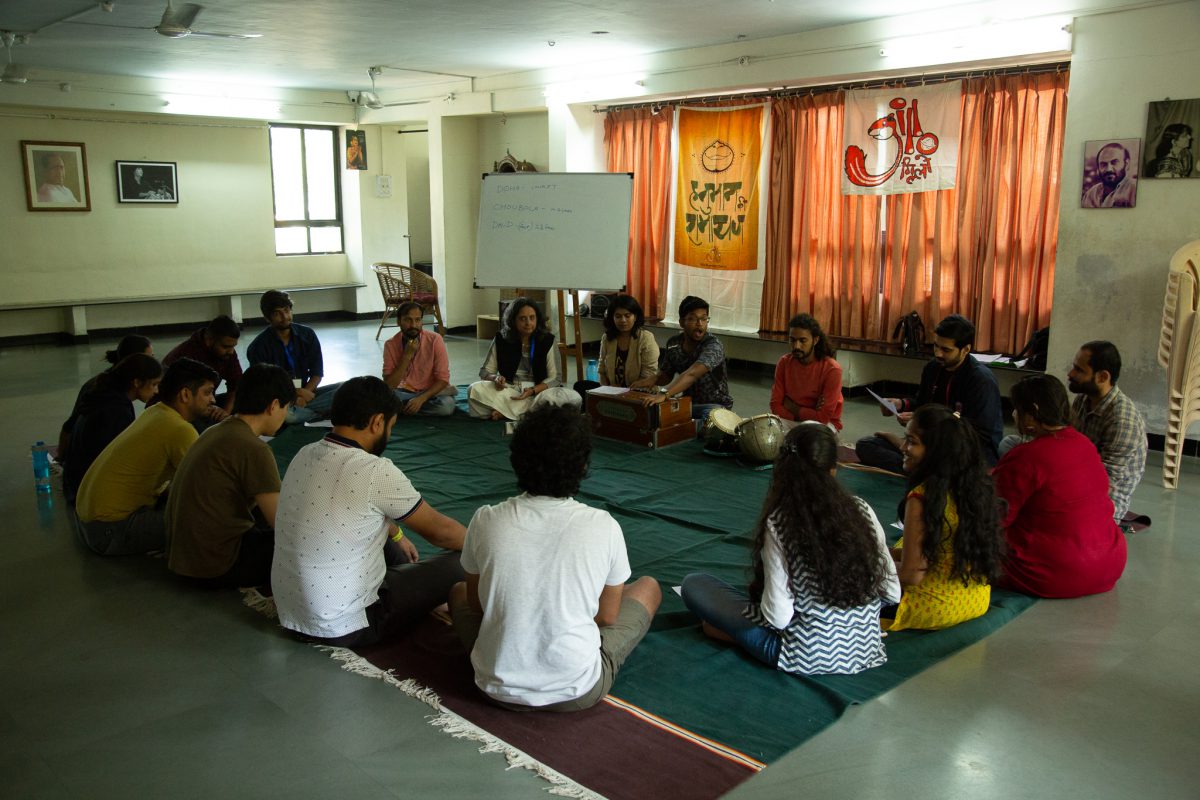
Locks, Throughs and Avoids explores the influence of distance between two identities. It is a representation of two bodies finding a way to
coexist together and hence going through Locks, Throughs and Avoids.
Chahul is a story of newly settled couple, Makarand and Madhvi. They are victim of a consumer based society but are also an integral part of it. Makrands boss asks him to spend a night with Madhvi in exchange of promotion i.e. money. Chahul takes place in between the evening and late night where the couple is reaching towards their decision. The effects of their parents on them, their frustration over never ending requirements of ideal lifestyle, their realization of what they have turned into and their final decision were portrait beautifully. We feel sorry for Madhukar and Madhavi but then we realize that their story is not rare, just the scenarios are different.
Chahul gives us insights about couples desires and what can they do to achieve it. But not at any point, we judge them. We know reasons behind their action. Even we may disagree with their lifestyle decisions, but we can understand their motives.
Both the actors of Chahul understood depths of their characters very well and their conviction was the proof. Creating a character which will
answer all of your questions is difficult, let alone only through voice. Chahul was also blessed by strong direction. Drunk scene, monologues and final scene were done brilliantly.
-Sanket Bagul













